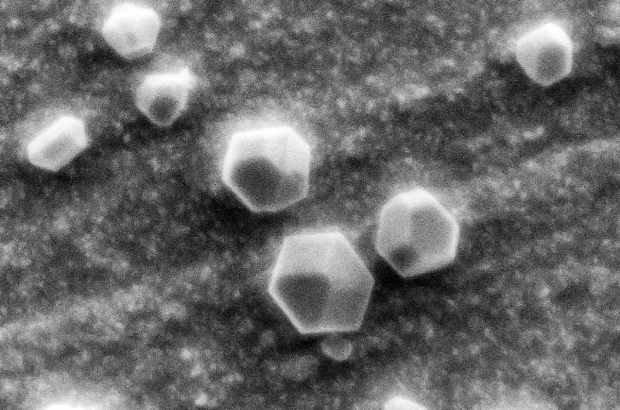- Daily & Weekly newsletters
- Buy & download The Bulletin
- Comment on our articles
World’s smallest diamond developed at UHasselt
Your sweetheart might not be overly impressed should you offer up a diamond so small that it cannot actually be seen, but it’s still an impressive achievement for researchers at Hasselt University (UHasselt). The synthetic diamond offers new insight into biomedical research and industrial applications.
The “nanodiamond” is smaller than the width of a human hair – 100,000 times smaller. It was created using 26 carbon atoms and is the world’s first result of research into the minimum number of atoms needed to create a diamond.
Diamonds are not only the hardest material in the world, they have unique optical properties that make them extremely suitable for industrial purposes such as lasers, quantum technology or medical equipment, such as nanoscale MRIs. With the latter, DNA and proteins in cells can be detected at the nanoscale. (A nanometre is one-millionth of a millimetre.)
But in order to be effective, they must be pure – identical in structure to natural diamonds. “We are the first researchers to discover the absolute minimum number of atoms needed to form the core of a diamond,” said Milos Nesladek of UHasselt’s Materials Physics research group. “These are the building blocks from which the perfect diamond crystal can grow. These crystals only consist of pure carbon atoms.”
This insight can also be put to work in other fields of research, such as the production of silicon layers for transistors or computer chips. “It’s always the largest diamonds that capture people’s imaginations,” said Nesladek. “But our research shows that these smallest diamonds can be equally fascinating, and even more useful.”
Photo: Using special equipment, the scientists were able to provide rough photographs of their nanodiamonds ©UHasselt














